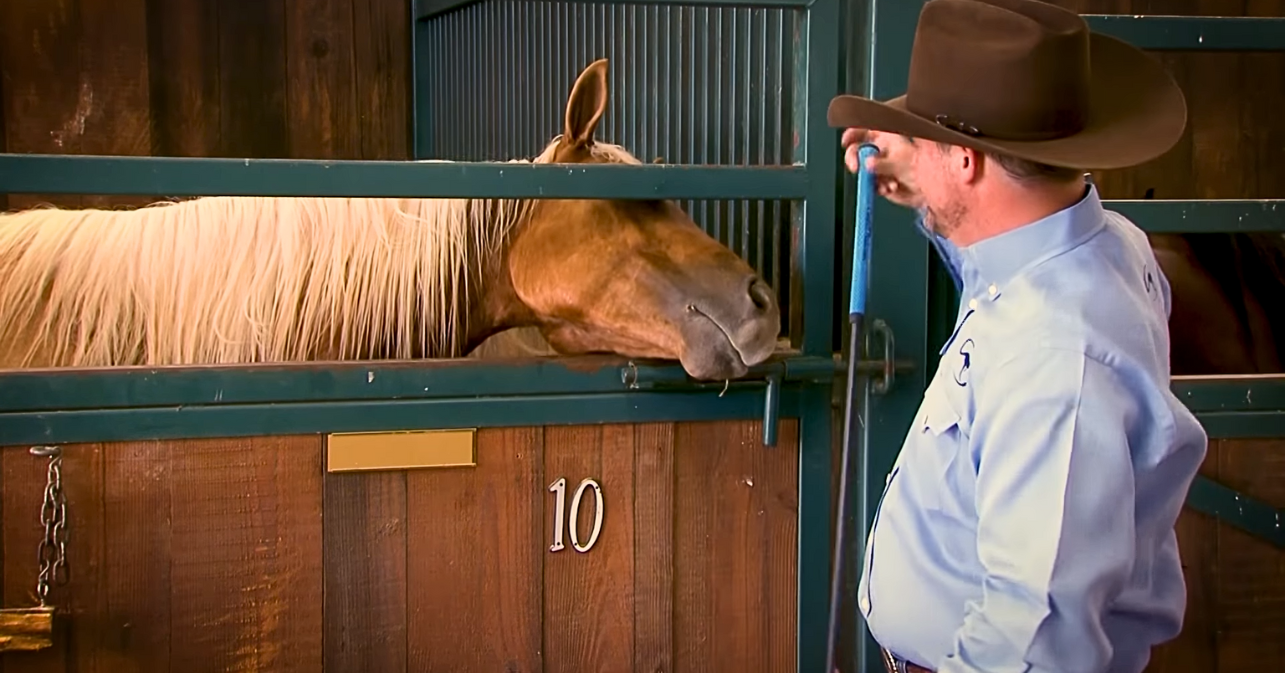Are you struggling with behavioral problems when it comes to your horses in stalls? Look no further! In this blog post, we’ll be delving into common horse behavioral issues that occur in the stall and provide you with valuable insights on how to overcome them. Let’s get started!

First and foremost, it’s important to understand that not all horses get along. If you have multiple horses in a barn and they’re constantly bickering or fighting with their neighbors, it’s crucial to separate them. By placing a gelding or an empty stall between them, you can help maintain a more peaceful environment. The goal is to avoid disrupting the herd dynamics as much as possible, allowing them to coexist peacefully.

Bringing new horses into the barn can be a challenge. When introducing a new horse, there is often a period of adjustment where they establish their hierarchy. It’s natural for them to squabble, paw, and kick a little before settling down. To minimize these conflicts, try rearranging the barn layout. Consider placing the troublemaker on the end of the barn with only one horse to interact with, or utilize a stall to physically separate them. However, keep in mind that it’s impossible to prevent all conflicts completely, as horses, like people, have their own preferences and personalities.

When it comes to road trips or boarding facilities, it’s wise to exercise caution. Moving horses to unfamiliar environments increases the risk of them picking up bugs, viruses, or getting injured during confrontations with other horses. As a preventive measure, it’s best to keep them on the trailer, providing them with water, feed, and allowing them to rest overnight. By minimizing exposure to unfamiliar surroundings, you can protect your horses’ well-being.

Weaving or pacing in stalls is often a result of horses not having enough activity or social interaction. Increasing their turnout time in a pasture and providing opportunities for interaction with other horses can significantly reduce these behaviors. The layout of your stalls can also make a difference. Open and spacious stalls allow horses to touch and smell each other without the risk of biting or causing harm.

By implementing these strategies, you can address common behavioral issues in horse stalls and create a more harmonious environment for your equine companions. Remember, each horse is unique, and it’s crucial to consider their individual needs. By providing them with proper care, attention, and an understanding of their natural behaviors, you can ensure their overall well-being and happiness.
